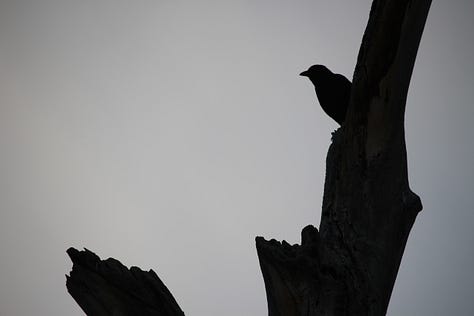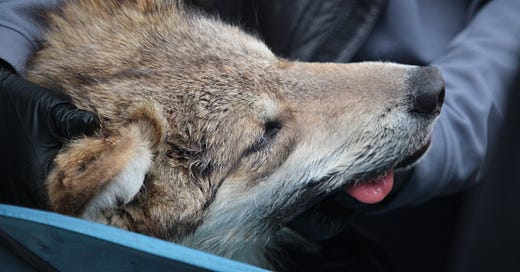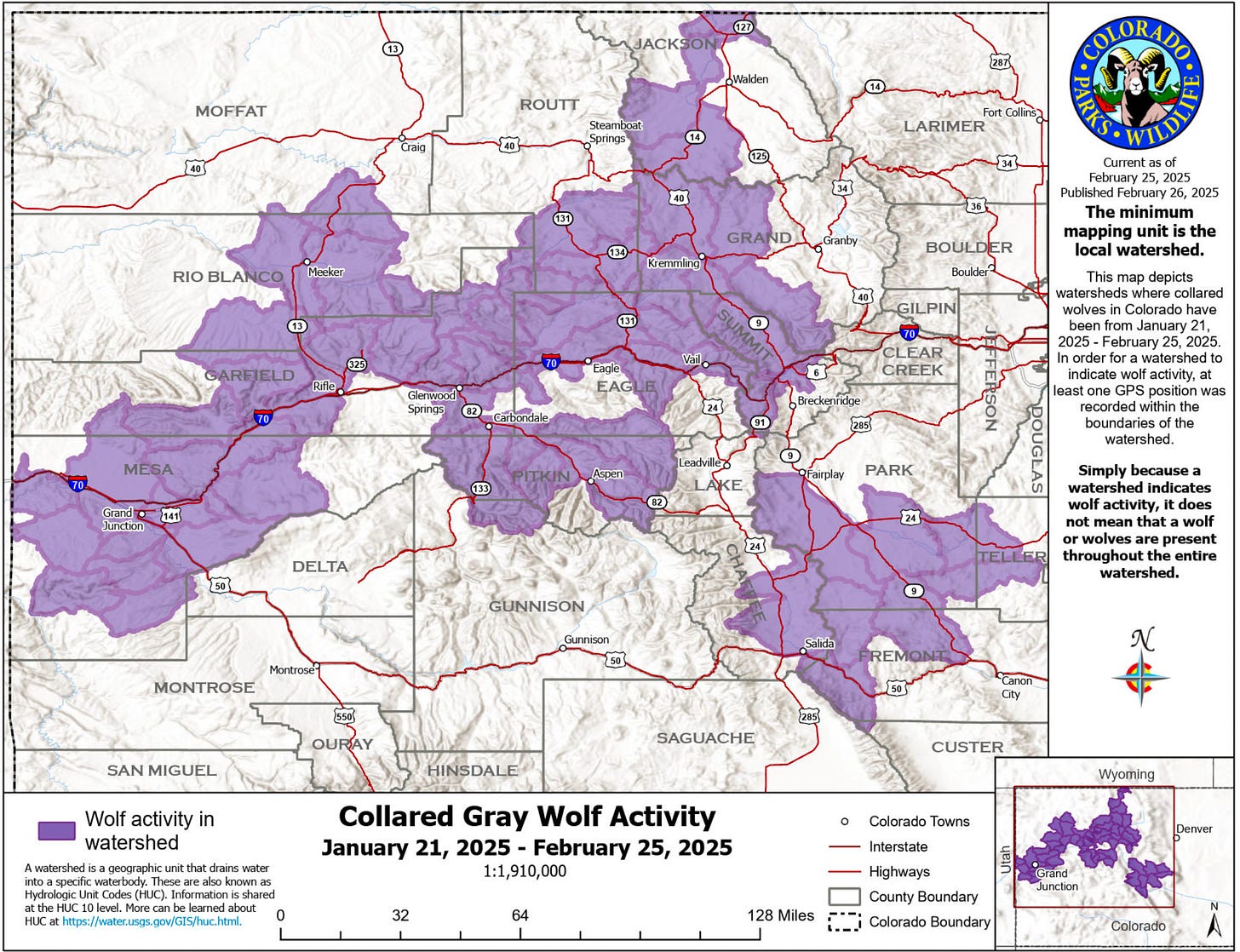hi friends,
The Natural Resources Conservation Service (NRCS) released its final March 1 forecasts for the Rio Grande and the Colorado River Basin.
Here’s an excerpt of what hydrologist Karl Wetlaufer had to say about the Rio Grande (the boldface emphasis is mine):
February brought another month of well below median precipitation across the entire Rio Grande basin. As one would anticipate this generally led to lowered forecast volumes over a month ago. It is worth noting that similar to last month there remains a broad gap between current percent of median snowpack and water year precipitation. This is a result of a wet October and early November followed by several months of dry conditions. These persistent dry conditions have led to record lowest or otherwise very low rankings of snowpack compared to the period of record for March 1st.
He added:
While the significant precipitation that came in the fall certainly helped bolster soil moisture conditions going into winter the minimal snowpack on top of that leads to a unique hydrologic setup going into spring. While increased soil moisture can improve the efficiency of snowmelt runoff; the amount of snow available for driving snowmelt runoff over the coming months is in range of one of the lowest years on record.
You can look at the data yourself on the NRCS’s Interactive Map and Forecast Plots.
On the Upper Colorado River, the northern part of the basin “received well above normal precipitation over the past month,” but the southern part stayed dry. Again, you can look at the NRCS’s Interactive Map and Forecast Plots.
In other water news, U.S. Senators Ben Ray Luján (D-N.M.), Martin Heinrich (D-N.M.), and John Curtis (R-Utah) have introduced the Navajo-Gallup Water Supply Project Amendments Act of 2025.
That long-awaited project has been extended and delayed, and is supposed to allow the Navajo Nation, the Jicarilla Apache Nation, and the City of Gallup to use water they have rights to from the Colorado River Basin. The project will extend a 300-mile-long water pipeline, construct two water treatment plants, build 19 pumping stations, and develop multiple water storage tanks.
According to a press release from the Navajo Nation:
In addition to securing the additional funding, the legislation includes key amendments to increase funding authorization to match updated construction costs, extend the project timeline to 2029, establish long-term operation and maintenance trust funds, and expand the project’s service area to reach additional Diné communities without access to running water.



You all likely saw news coverage of the latest population numbers for Mexican Gray Wolves but here’s a rundown of the numbers released by the New Mexico Department of Game and Fish and the Arizona Game and Fish Department:
A minimum of 60 packs were documented at the end of 2024: 37 in New Mexico and 23 in Arizona. A wolf pack is defined as two or more wolves that maintain an established home range.
A minimum of 164 pups were born in 2024, 79 surviving until the end of the year (a 48% survival rate).
At least 26 breeding pairs (16 in New Mexico, 10 in Arizona) were recorded in 2024.
There were 112 collared wolves in the wild at the end of the year, which is 39 percent of the minimum population of Mexican wolves.
This year, the federal agency canceled its media day, when reporters can witness the work of biologists, veterinarians, and others during the annual count. The photos here are from 2024, near Apache Creek in the Gila National Forest.
To see how wolves are faring in Colorado, you can visit the Colorado Parks and Wildlife website and here’s their February 2025 map:
Even though a small number of people don’t want to see it happen — and the state and federal agencies “manage” the populations so they remain separate — I’m on the side of those who’d like to see the populations in the Southwest and the southern Rockies merge. (And one of the stories I most loved writing in the past few years was about F2754; since this 2023 story, she dispersed again, and was captured again.)
Meanwhile, here in Albuquerque, there are still some lingering sandhill cranes along the Rio Grande, as well as the huge crow murders that winter here. And like usual, the bosque is full of birds, porcupines, coyotes, and more — all of whom rely on our willingness to not use every last drop of the Rio Grande’s waters.







